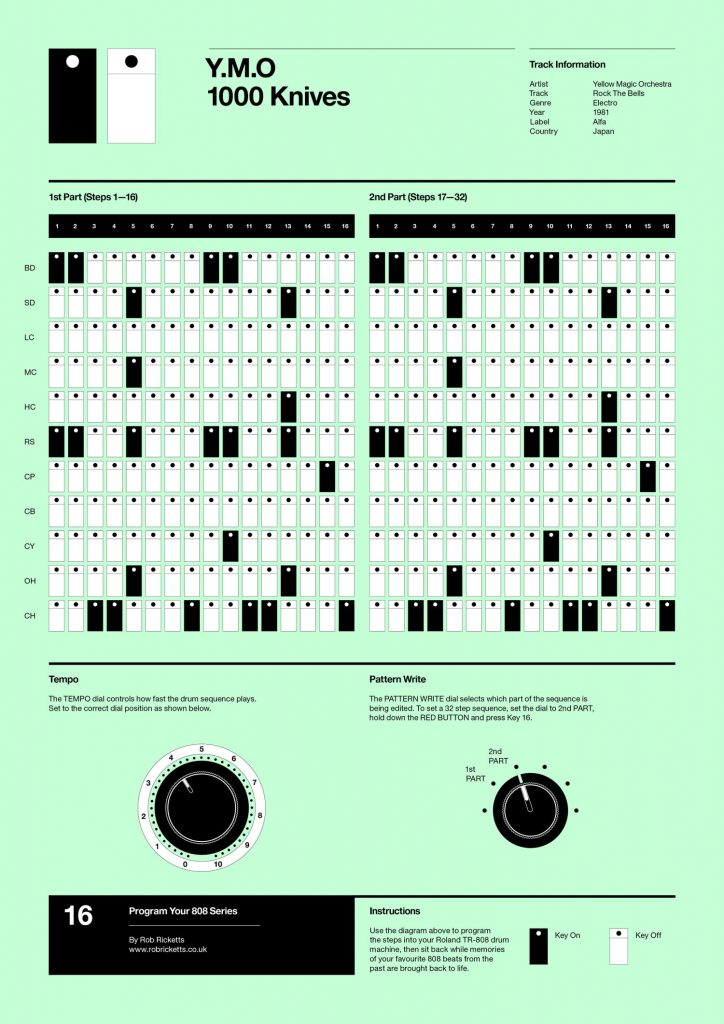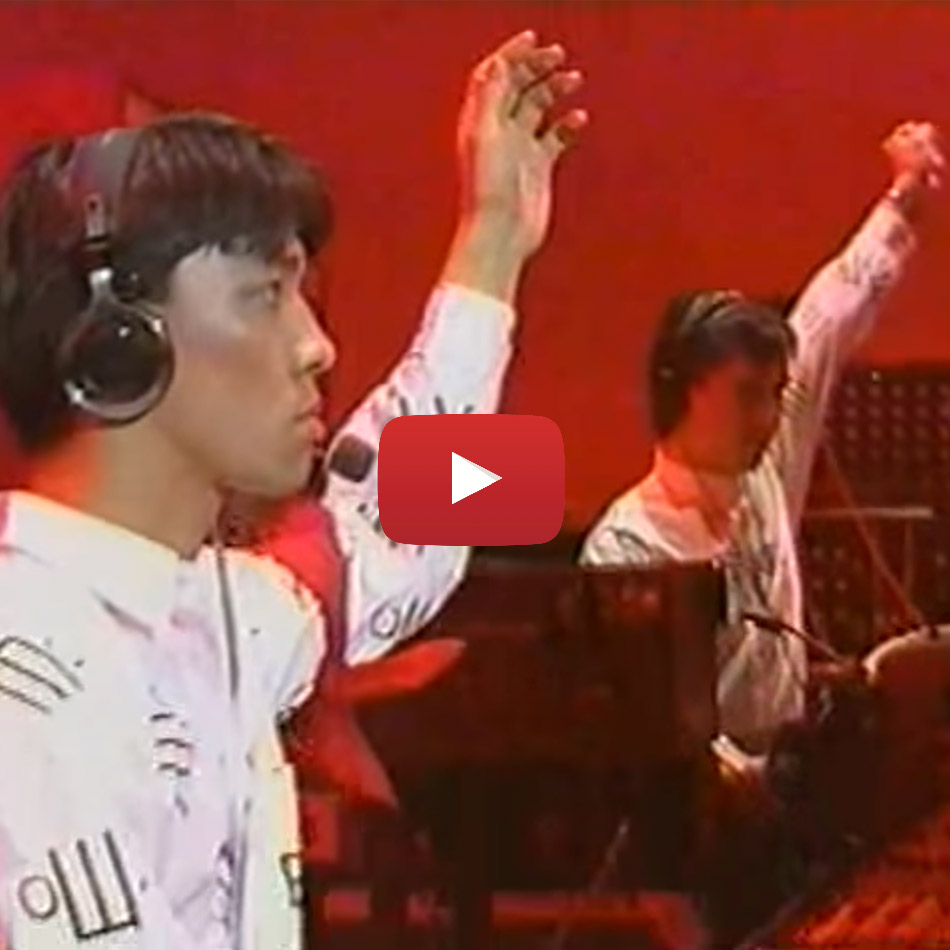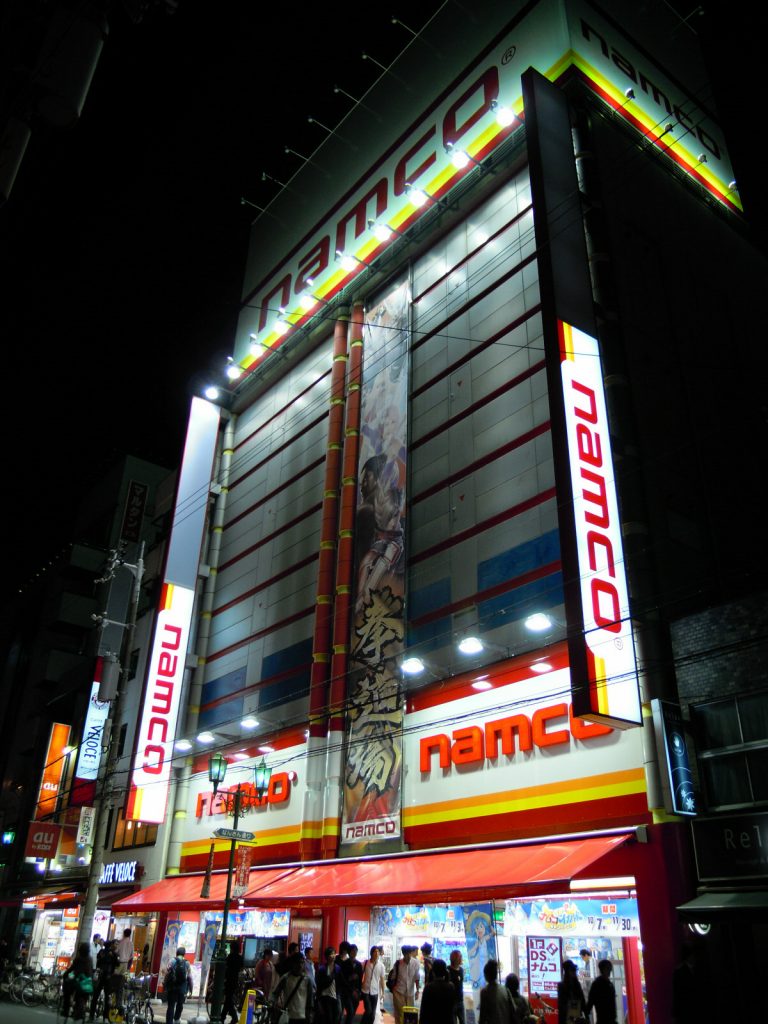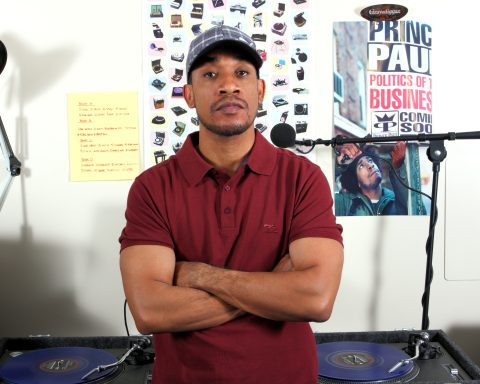It’s not a stretch to say that few bands were as formative in the early evolution of electronic music as Yellow Magic Orchestra. From the time of its founding in 1978, members Haruomi Hosono, Ryuichi Sakamoto, and Yukihiro Takahashi created groundbreaking and fearlessly experimental pop music. They traversed genres and invented new ones—from acid house and funk to art-pop and video game music.
The likes of J Dilla, De La Soul, and 2 Live Crew, sampled the band. In addition, Michael Jackson, Arca, Yves Tumor, and Oneohtrix Point Never released covers and remixes of YMO.
Remarkably, of the seven albums YMO released during its first five years, only one dipped below the Top 5 in their native Japan. The band never reached such heights on the US pop charts. However, recent years have seen the band earn some of the recognition it deserves in the West.
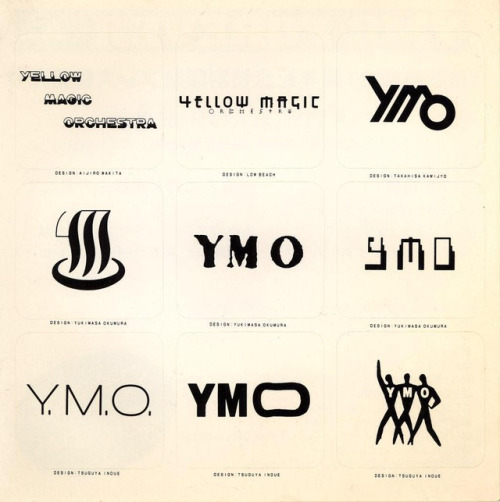
On the Cutting Edge
The band lived on the cutting edge of the music technology of its time. Perhaps nothing better illustrates this than YMO’s early use of the Roland TR-808 Rhythm Composer. The instrument was first introduced in 1980 and out of production by 1983.
The year of its release, Roland’s seminal drum machine appeared live for the first time in a performance of YMO’s “1000 Knives.” That show at Nippon Budokan in Tokyo was was the final stop of the band’s 1980 world tour.
Shortly thereafter, the TR-808 would become a crucial component of the band’s 1981 album, BGM. This discerning use of technology was not a lark. All three of YMO’s founding members had musical pedigrees in styles from Japanese folk to Western jazz. Their embrace of technology like the 808 had a creative and cultural subtext. Yellow Magic Orchestra opened doors for musical exploration.
Man and Machine as One
“In the same way that Kraftwerk’s obsession with the automobile shed light on the profound humanity of the man and machine as one, YMO understood the exciting possibilities—and crippling horrors—that new technological advances could introduce to society,” Rob Arcand wrote in his fantastic retrospective of the band for Vice in 2017.
“In the wake of the brutal devastation of their native Japan at the hands of the atomic bomb, technology became a tool for progress and reconstruction, a medium by which the nation was able to find booming economic growth in the years to come.”
Embracing the Mechanical Nature
In the West, the TR-808 found its way onto records from the likes of Afrika Bambaataa. He notably used it on the 1982 record “Planet Rock.” The machine would also achieve mainstream success that same year with Marvin Gaye’s hit “Sexual Healing.”
Like Bambaata, YMO’s use of the machine was quixotic and experimental, even in its early days. Rather than employing it as a straightforward “replacement drummer,” “1000 Knives” embraces the 808’s mechanical nature. YMO found expressiveness in its now-iconic kick and clap syncopation.
“1000 Knives” embraces the 808’s mechanical nature. YMO found expressiveness in its now-iconic kick and clap syncopation.
YMO and the MC-8
Yellow Magic Orchestra and Sakamoto’s Thousand Knives were also some of the first albums to feature the Roland MC-8 Microcomposer. The iconic machine is widely considered the first standalone, microprocessor-based sequencer.
YMO’s coup was thanks to the programming of Hideki Matsutake. The MC-8 could sequence thousands of notes, rather than the limitations of 8 and 16-step sequencers. This represented a dramatic shift in music creation in the decades to come.

Perhaps even more remarkable was the band’s use of the MC-8 in a live performance setting. The machine didn’t have a cooling fan, as its design was for use in an air-conditioned studio. “In some parts of the live recordings made of the YMO tour, you can hear the MC-8 cutting out due to overheating,” writes YMO historian Yuji Tanaka.
Tanaka adds, “By the end of the tour, however, the human element of YMO had become used to these anomalies and played through the computer’s heating issues without a problem, displaying their toughness as a live act.”
YMO went on to investigate the tides and shapes of culture through the '80s and '90s. The band did so through the lens of music and its surrounding technologies.
Cyberpunk Exploration
Indeed, YMO went on to investigate the tides and shapes of culture through the ’80s and ’90s. The band did so through the lens of music and its surrounding technologies. For instance, they explored the aesthetics of cyberpunk on 1993’s Technodon (released under the NOT YMO moniker).
Here, the band employed the narration of William Gibson, author of Neuromancer and the first to coin the term cyberpunk. “Like discovering a secret level of society,” Gibson utters. He speaks atop a dense collage of digital chirps and found sounds, many sampled from the streets of Tokyo. “Narrow puddles of water reflecting fluorescent light.”
A Connection to Video Games
The band very much led with this motif—quite literally on “Computer Game: Theme from the Circus,” the first track on their self-titled debut. The song builds upon the synthetic timbres of bit-crushed tones. YMO sampled the sounds from classic arcade games Space Invaders, Circus, and Gun Fight. The track was one of the first to recontextualize these sounds into something uniquely its own. The result is a bit-crushed cacophony that finds its rhythmic footing halfway through.
Video Game music, likewise, became an essential part of YMO’s sound and legacy. While other acts had attempted to incorporate familiar and idiosyncratic game sounds into their music, it often felt like something of a novelty. YMO, on the other hand, genuinely embraced game music and crafted much of its aesthetic around it. The sounds feel simultaneously hi-fi and lo-fi, of this world and very much not.
In 1984, Hosono released his solo album Video Game Music. This was part of an ongoing collaboration with the Japanese game publisher Namco. The album uses music loops and sound effects from Namco games such as Xevious, Mappy, and Galaga. It fuses them into a gonzo but exactingly-composed trip through the arcades and living rooms of the 1980s.
Hosono’s use of primitive sequencers and digital sounds in his composition is widely held as a tentpole moment in the history of game composition as an art form unto itself.
YMO’s mark on modern music is indelible. In short, the band’s forward-thinking embrace of technology and its surrounding culture—from machines like Roland’s TR-808 and MC-8, to an intuitive use and understanding of samples, loops, and videogame sounds—opened musical minds around the globe.
Find this “1000 Knives” pattern poster and the rest of Rob Ricketts’ colorful, collectible “Program Your 808” designs at his online store.
